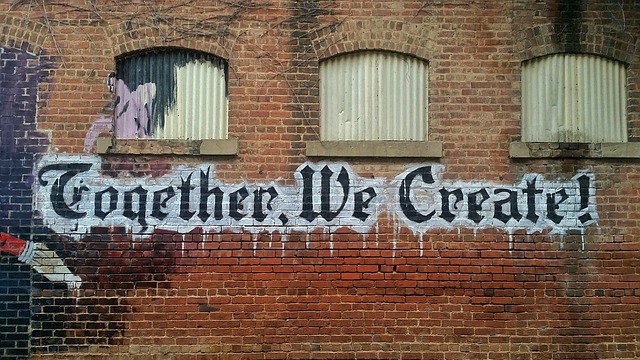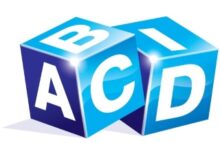Responsive website & dedicated mobile app
- This project was conducted as part of the requirements for a Google UX certification program.
- The learning objective was to gain practical experience completing different tasks performed by all roles involved in the UX design of the dedicated mobile app and responsive website (competitive research, designing and conducting usability studies, synthesizing research data in Excel and Mural for affinity mapping, developing wireframes and prototypes in Figma).
- My performance objective was to more thoroughly integrate design thinking practices into my everyday work as I collaborate on the design of learning experiences.
The target audience

User persona
“Because of my erratic work schedule, I am grateful to be able to study online at my own pace, but it would be great to have other people like me that I could share the learning experience with!”
The problem:
How can freelance students ages 17 – 22 be a part of a learning community that is willing and able to support each other throughout the pursuit of a STEAM related online certification program? They often find it challenging to connect with other people that have similar career goals. Pain points for participants in the learning community usability studies included:
- They struggle to find help when they encounter concepts, skills, or tools that they don’t fully understand how to practically implement.
- When they have challenges without accountability partner(s), it can be easy to lose momentum and ultimately completely lose sight of their goals.
- They often don’t see people like them that have successfully completed online certification programs that enabled them to begin careers in a technology related field.
The solution:
- The goal of this online learning community is to provide a platform for participants to come together and reach out to each other to give and receive help throughout an online certification program.
- The objective is for the community to function as a pool of people with diverse characteristics readily accessible to support each other in a face-to-face and/or virtual learning support group or study partner.
- The ultimate goal is to focus on how members of the learning community with various levels of expertise and relevant experiences can help each other enter and progress in technology related careers.
User research goal
- Determine if the dedicated mobile app and responsive website layout provides a consistent and intuitive user experience and identify any challenges users might face when navigating and completing tasks on the site.
- Confirm that users recognize and can benefit from the value added by participating in the learning community in which they are expected to reach out to each other to give and receive help or encouragement.
Competitive analysis
- The competitive analysis was based on similar learning communities including Girls in Tech and AskRose.
- The goals of Girls in Tech are similar to those of this online learning community in that it encourages people in minority groups underrepresented in technology related fields. They are a global community with local chapters to provide support within local communities.
- AskRose, sponsored by Rose-Hulman University, offers students in middle to high school homework support from pre-qualified students at Rose-Hulman majoring in math, science or engineering programs to help with STEM related course work via phone, video, and or chat.
- As a result of the analysis, what clearly differentiates this online learning community is centering the experiences around people who are relatively new to the workforce, ages 17 – 22. It is designed to encourage collaboration with others that have similar career goals and challenges as they begin careers in technology. Support will be offered within virtual and face-to-face local community support groups.
The case study

Lessons Learned

In my experience, whether I am designing learning experiences to take place in a classroom or virtual learning space, or performance support resources, every step of the design process is both challenging and rewarding. User centered process demands attention to lots of details seen from a variety of unique perspectives and stakeholders. It is not easy to actively listen to people in your target audience, stakeholders, and collaborators all driven by different needs and requirements. All while not forgetting to make a consistent effort to recognize the limitations of my own perspective and biases. Looking at pain points through the eyes of different generations and cultures is a challenge that provides benefits that go far beyond a single project.
